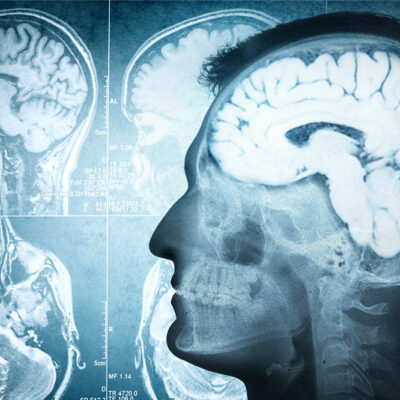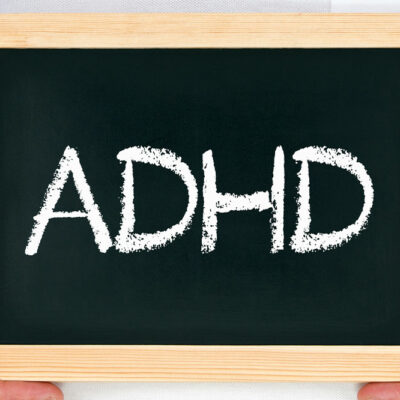
health
5 subtle signs of hemophilia to be aware of
The blood needs essential clotting factor VIII proteins to clog an open wound and prevent a person from bleeding. Hemophilia occurs when the blood is missing these clotting factors triggering excessive bleeding without any underlying health complication. It is an inherited bleeding disorder passed down as a genetic mutation from one or both parents carrying defective genes. Following are the available silent signs of developing hemophilia to take notice of and ensure immediate medical attention. Bleeding inside the joints The blood disorder primarily triggers bleeding into the joints, a sign that goes unnoticed well into the advanced stages of hemophilia. It is noticeable only when the pooled blood triggers pain and swelling of the joints. The resulting tightness of muscles and cartilage ultimately affects movement. Bruising and discoloration on the skin surface are also visible signs of excessive blood pooling under the joints. This is commonly referred to as a hematoma. If left unchecked, the bleeding will severely affect joint flexibility and mobility, thus disrupting daily routine. Bleeding in the mouth and gums At first glance, people often assume that poor oral hygiene or an underlying dental problem triggers bleeding in the gums and around the mouth. However, bleeding disorders like hemophilia also exhibit similar signs of progression.




















